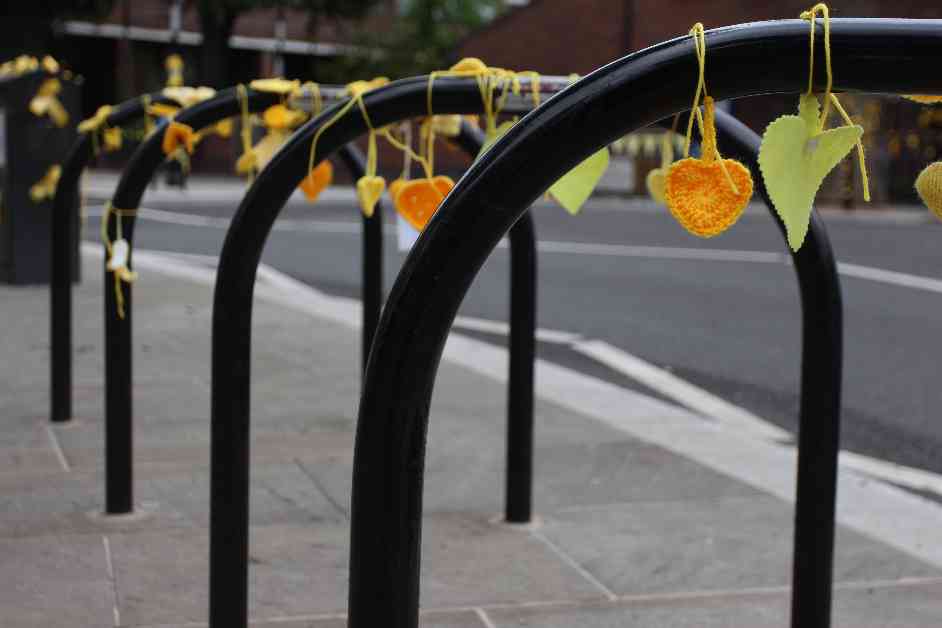Eleven days have passed since the publication of the Grenfell Tower Inquiry’s Phase 2 Report, an exhaustive, 1,700-page dissection of exactly why the terrible fire of 14 June 2017 in the north of Kensington occurred and what should be done to prevent such a cruel and avoidable disaster happening again.
The findings of the report revealed the “systemic dishonesty” of those responsible for the flammable cladding and the indifference, inertia, and ineptitude of various bodies supposed to ensure fire safety, from national governments to local tenant management organizations.
The response to the report was immediate and appalled, with many shocked by the devastating revelations. The sheer size and detail of the report have led to deeper assessments of its contents taking time to be completed. The findings have been so damning that they have silenced previous critics who questioned the inquiry chairman’s credibility.
The inquiry’s reports have nationwide implications, but some aspects specifically relate to London, where the fire occurred. Personal reflections have been prompted by the report, highlighting the failures of the London Fire Brigade and London government in handling the disaster.
The Phase 1 Report praised the courage of London firefighters but highlighted their lack of training in dealing with combustible cladding fires. The report also exposed failures in communication, evacuation planning, and overall response to the fire.
The Phase 2 Report concluded that the fire was a result of decades of failure by central government and other responsible bodies to address the dangers of combustible materials in high-rise buildings. The London government’s resilience arrangements were found to be deficient, with inadequate consideration given to the risk of high-rise building fires.
The report also criticized the Royal Borough Kensington & Chelsea and its tenant management organization for persistent indifference to fire safety and failures in oversight. There were significant shortcomings in communication and management of the refurbishment project at Grenfell Tower.
The aftermath of the fire saw various political narratives and accusations. The report debunked claims that a resident’s blog post had predicted the fire, and highlighted failures in communication and engagement with the community.
Moving forward, the report calls for criminal investigations and prosecutions to hold accountable those responsible for the disaster. The responsibility now falls on the new national government to implement necessary changes in regulations and attitudes towards housing safety in Britain.
In conclusion, the Grenfell Tower Inquiry’s Phase 2 Report sheds light on the systemic failures and negligence that led to the tragic fire. It serves as a stark reminder of the need for comprehensive reforms and a shift in attitudes towards fire safety and housing management to prevent such a disaster from happening again.












